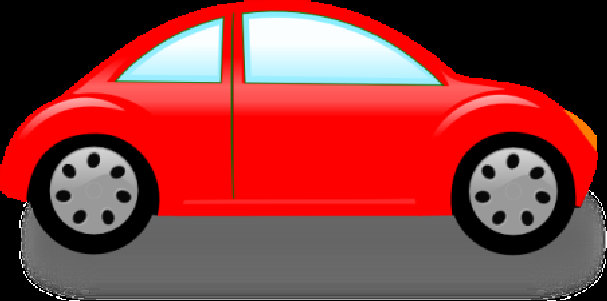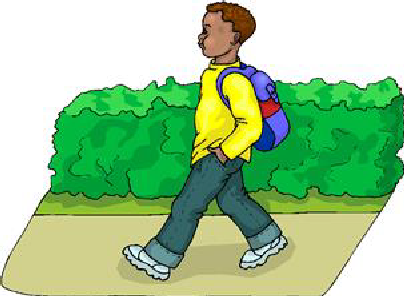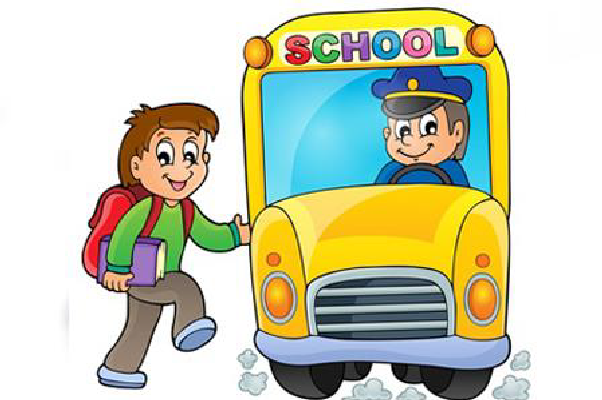Unit 5 Travel
Lesson: 2 How do you get to school?
School: Kozhbanbet bi secondary school
Date: 12.01. 17
Teacher name: Irkitbayeva M.T.
Grade: 1 ә
Number present:12
absent:0
Learning objectives(s) that this lesson is contributing to
1.S5 use words in short exchanges
1.UE5 use interrogative pronouns what where how to ask basic questions
1.L1 recognize short instructions for basic classroom routines spoken slowly and distinctly
Lesson
objectives
All learners will be able to:
listen and repeat the words according to the topic
Most learners will be able to:
recognize and name some words according to the topic, talk about means of transport
Some learners will be able to:
recognize and name most of the words according to the topic,
talk about travelling
Previous learning
Transport
Plan
Planned timings
Planned activities (replace the notes below with your planned activities)
Organization moment
Warm up activity
- Greeting
- Making of the absent
Warm-up
“Hello song”
Middle
An activity to revise the vocabulary from the previous lesson.
-Pupils match the words with the pictures. These words are connected with the topic of the step. Poster on the board. Point to the items( on foot,tram, bike, car, plane, train). The pupils repeat, chorally and individually.
-The title of the step is “How do you get to school? Questions with
“How do you get to school?” is introduced.
Point to the car and say as you mime driving: I go to the park by car. Write the phrase by car under the drawing. Repeat with by bus, by plane, by bike and on foot.
-Open your pupil’s book. P.97 Ex.1
Play the CD. The pupils listen, point and repeat the words. Play CD again with pauses for the pupils to repeat chorally.
- in a minute read words aloud and ask pupils to listen and repeat the words individually.
- check students’ understanding of the new vocabulary meaning by showing them pictures.
Whole class activity
- repeat pupils to “How do you get to school?” question – write this question on the board and model a couple of examples asking the question and pointing at pictures of transport for answer: – How do you go to school?
- I go to school by car.
– I go to school by bus.
-P.97 Ex.2 Choose. Talk with your partner. Read the example and explain the activity. Go through the phrases and explain any unknown words. The pupils, in pairs, act out similar short dialogues. Pupils working in pairs and ask questions:
- How do you go to school?
– I go to school by car.
How do you go to the park?
I go to the park by bike.
How do you go to your friend’s house?
I go to my friend’s house on foot.
How do you go on holiday?
I go on holiday by plane.
How do you go shopping?
I go shopping by bus.
-Some pairs act out their short dialogues.
- P.75 Ex.1 Say, read and match
Dynamic break
Pupils have a dynamic break “Head, shoulders, knees & toes”
Task(Formative Assessment)
Look at the pictures. Say how pupils get to school.
Poster
Pupil’s book
Audio CD2
Track 34
Colour pencils
flashcards
Pupil’s book
Activity book
End
Home work
Reflection
Name an activity, e.g. I go to school on foot. The pupils mime the action. Repeat with other activities from Ex.2
To draw their favourite means of transport
Good bye, good bye, see you again!
diary
Additional information
Differentiation – how do you plan to give more support? How do you plan to challenge the more able learners?
Assessment – how are you planning to check learners’ learning?
Cross-curricular links
Health and safety check
ICT links
Values links
Reflection
Were the lesson
objectives/learning objectives realistic?
What did the learners learn today?
What was the learning atmosphere like? Did my planned differentiation work well? Did I stick to timings? What changes did I make from my plan and why?
. Use the space below to reflect on your lesson. Answer the most relevant questions from the box on the left about your lesson
Summary evolution
What two things went really well (consider both teaching and learning?)
1.
2.
What two things would have improved the lesson (consider both teaching and learning?)
1.
2.
What have I learned from this lesson about the class or individuals that will inform my next lesson
1.
2.



















